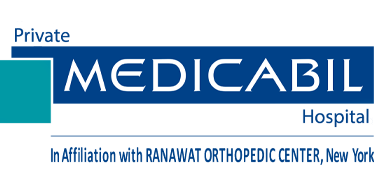EEG
- Home
- EEG
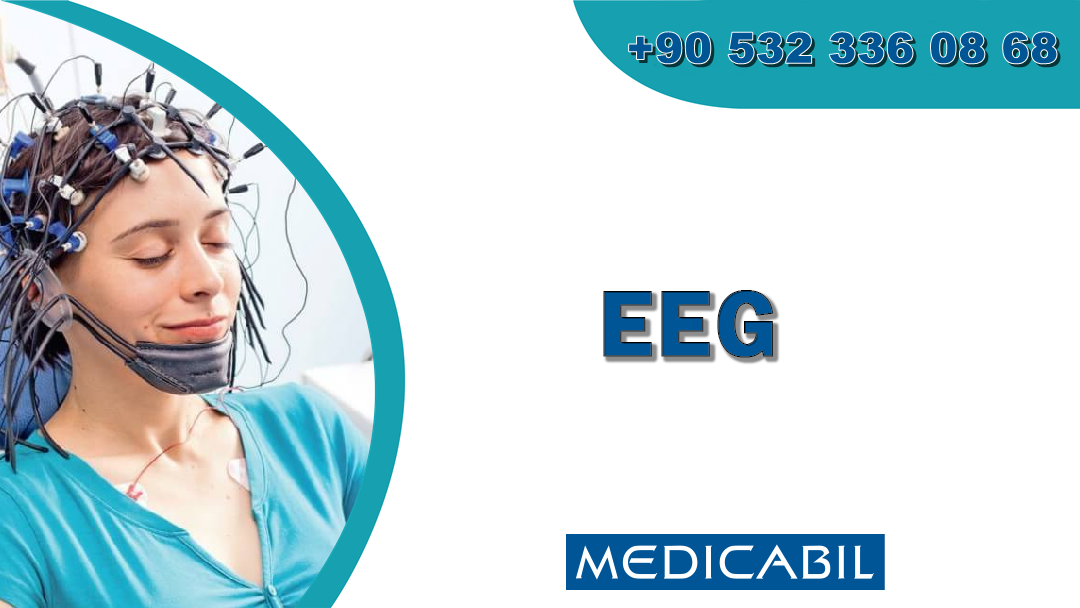
Electroencephalography (EEG) is a test used to detect brain electrical waves. It is used to evaluate the electrical activity of the brain in epilepsy patients and seizure disorders. In EEG, recording is taken from a large number of points on the head with cables called electrodes. It can be compared to cardiac electros (ECG).
What Disases Require EEG?
Diagnosis and follow-up of epilepsy patients: the purpose of EEG in epilepsy is to support the diagnosis, classify it, investigate whether there is a brain lesion and monitor epilepsy patients.
- Differential diagnosis with epilepsy in cases such as loss of consciousness, fainting
- Assessment of age-appropriate brain electrical maturation in infants and children
- Inflammatory diseases of the brain (encephalitis)
- Some psychiatric evaluations
- EEG is requested in some rare brain disorders. (SSPE, poisonings...)
How Is EEG Done?
The EEG process is performed by an EEG technician who has been trained in this regard. In the process performed by the EEG technician, the points where the EEG electrodes will be placed on the head, scalp are determined. Then metal electrodes, usually as small as 20-25, are placed. It is fixed to your scalp with a special substance called "Pie" so that the electrodes can receive noise-free recording and remain constant for the duration of shooting. This substance is completely cleaned when washed. EEG is done with your eyes closed and in a comfortable position. Shooting can be done by sitting or lying down. Additional activation methods are routinely used, often in the form of intermittent light stimulation and rapid breathing. These activation methods can make brain waves that are not normally visible become visible. Activation methods applied in
- EEG shooting eye-opening: Visual impulses are made to see normal changes in the electrical activity of the brain.
- Deep and fast breathing (hyperventilation): Used in all EEG laboratories. Different findings can be detected if hyperventilation is performed on an empty stomach. For this reason, EEG shots of patients should be made on a full stomach. This procedure is applied to adults and children who are old enough to do it.
- Light stimulation (photic stimulation): Changes in brain waves are monitored by repeated flash stimulation 1-30 times per second. Sleep: it is not normally applied for every EEG shot. In adults, the night before shooting, the patient is deprived of sleep and comes to the shooting; "insomnia" makes abnormal waves visible. All night sleep EEG, 1-2 hours of sleep during the day can be shot EEG. In infants and children, EEG shooting during sleep is a daily method.
How Is Preparation Required For EEG Shooting?
Clean your head, hair gel, no substances such as spray earrings, metal jewelry such as hızma removal; Intense Cream or makeup will need to be removed during shooting.It is important that you are full during shooting.We recommend that you have a comfortable outfit on you, not wear clothes that squeeze-sweat. If your doctor has requested a sleep EEG or insomnia-activated shot, you should be Sleepless the night before. It is useful to get detailed information from our technician on this issue. You should take the medications you are taking in a normal time, but be sure to inform the technician or doctor who will prepare the report before shooting.
How Long Is The EEG Shooting Time?
Unless otherwise requested by physicians, the duration of EEG registration in adults is 20-30 min. Periods are different in sleep EEG and child EEG. It also takes about 15 minutes to place the electrodes before shooting. We recommend that you plan a 1-hour period when coming to shoot.
Is There Any Harm To The EEG?
During EEG, only brain electrical waves are recorded. The body is not given electricity. It is also out of the question to receive any Rays.
What Is Video EEG and Why Is It Used?
Simultaneous video recording during EEG shooting. Here, the goal is to compare some suspected movement or seizure-like conditions with simultaneous EEG changes.
How To Prepare An EEG Report?
An EEG shot performed by a technician is examined by a neurologist and a detailed report is prepared. EEG page samples and CD recordings are also included in the report and given to the patient.
-
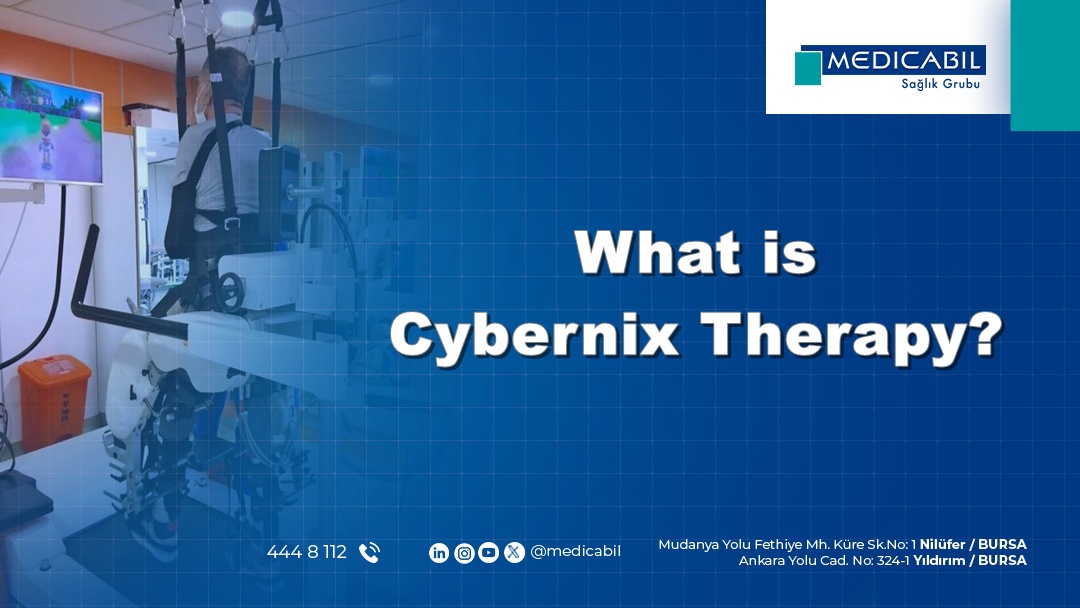 What is Cybernix Therapy?
What is Cybernix Therapy?
-
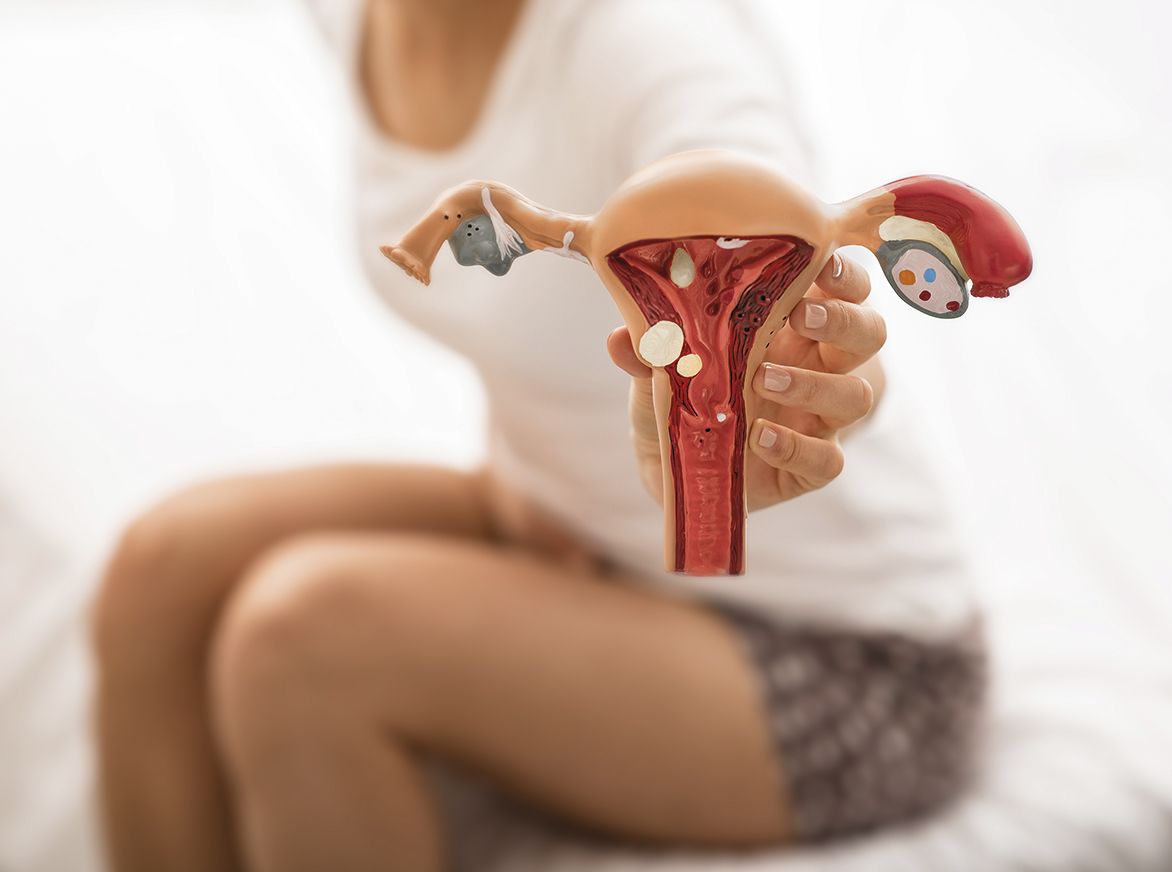 What is Endometriosis (Chocolate Cyst)? What are the symptoms? How to Treat?
What is Endometriosis (Chocolate Cyst)? What are the symptoms? How to Treat?
-
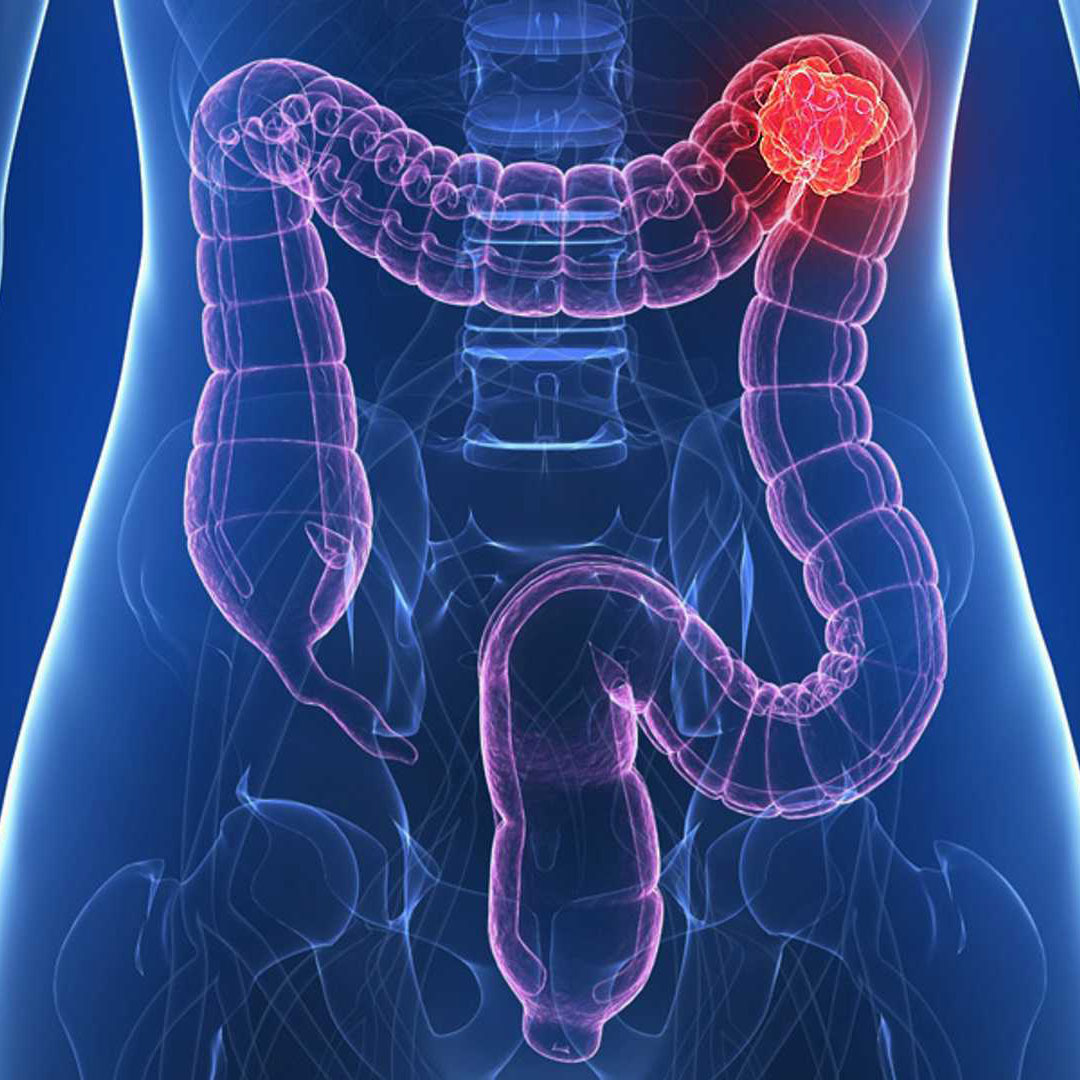 Colon Cancer (Symptoms, Stages, Treatment)
Colon Cancer (Symptoms, Stages, Treatment)
-
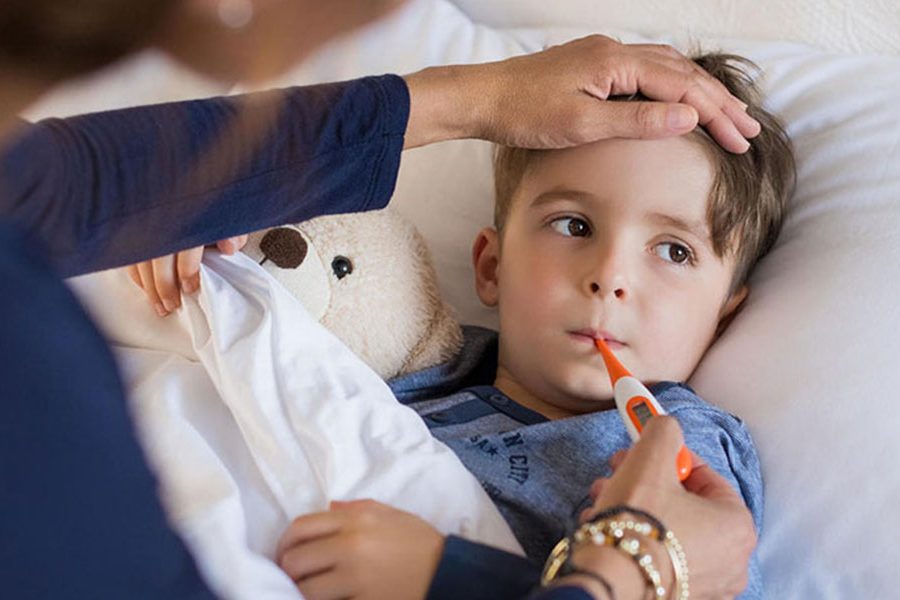 Influenza (Flu) in Children
Influenza (Flu) in Children
-
 Stomach Cancer Symptoms and Treatment Methods
Stomach Cancer Symptoms and Treatment Methods
-
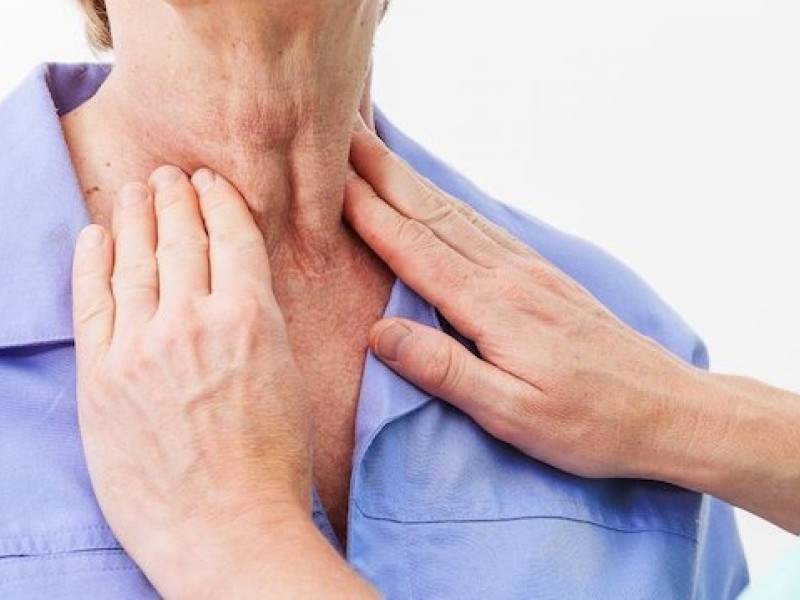 What is Lymph Node Swelling? What Are The Reasons?
What is Lymph Node Swelling? What Are The Reasons?
-
 When to Use Antibiotics? What are the side effects? What is Antibiotic Resistance?
When to Use Antibiotics? What are the side effects? What is Antibiotic Resistance?
-
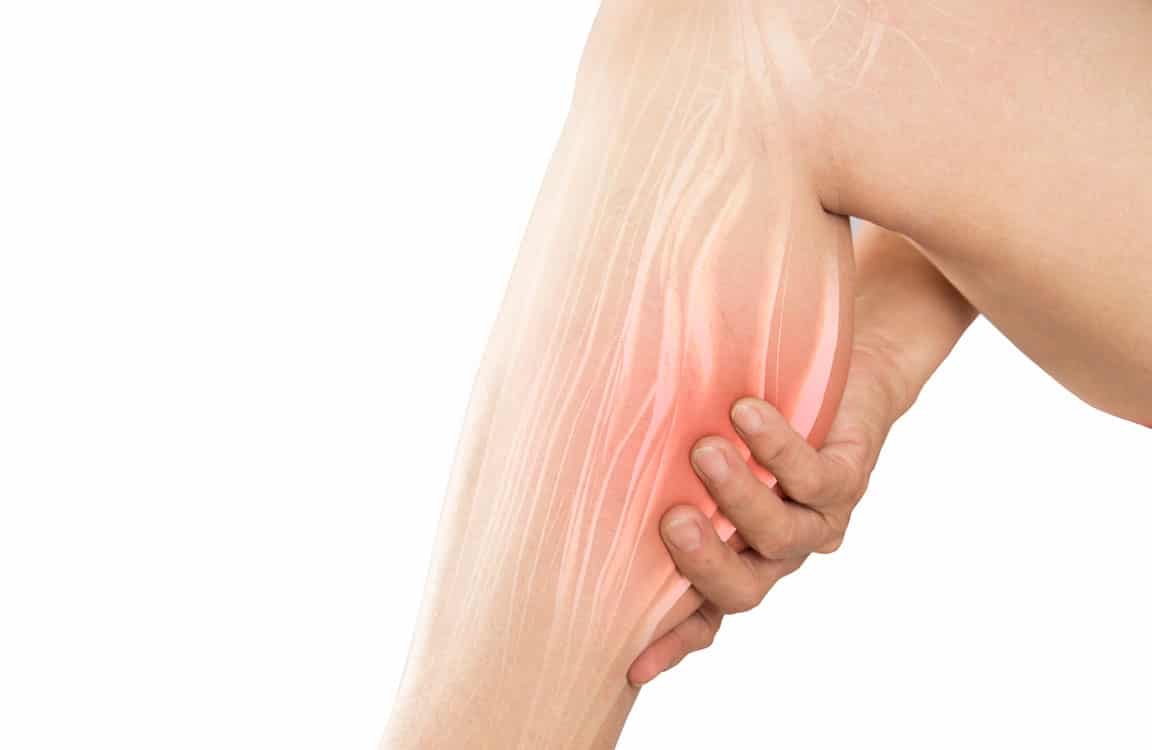 What is Muscle Spasm?
What is Muscle Spasm?
-
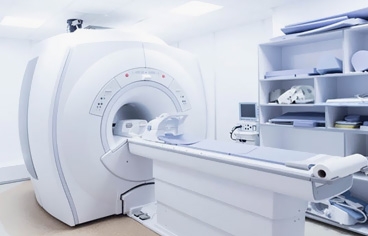 What is MRI? How to Take an MRI with Medication? Is It Harmful?
What is MRI? How to Take an MRI with Medication? Is It Harmful?
-
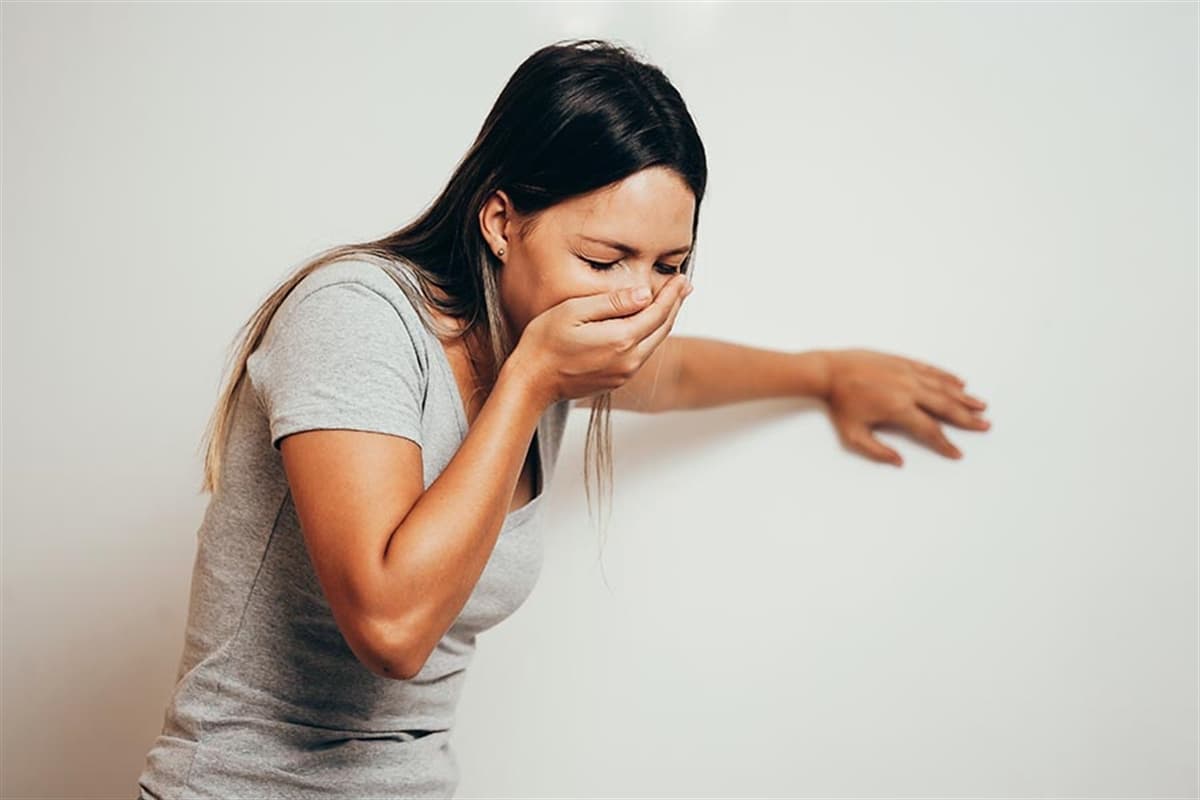 What are the Causes of Diarrhea and Vomiting? How to Treat?
What are the Causes of Diarrhea and Vomiting? How to Treat?
